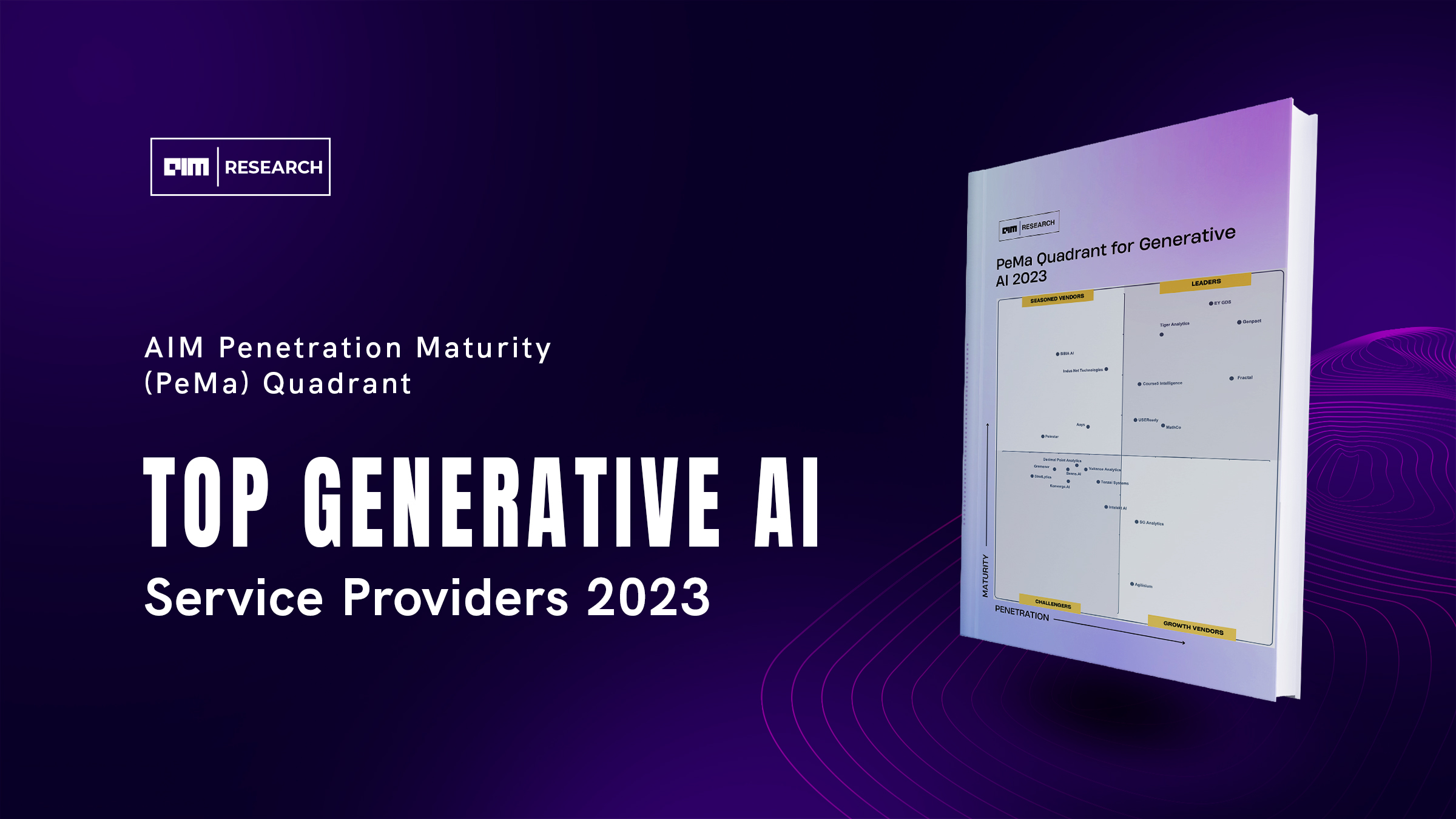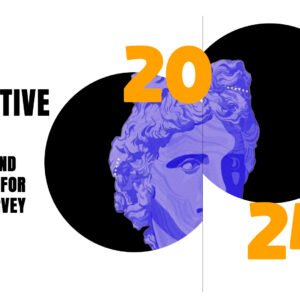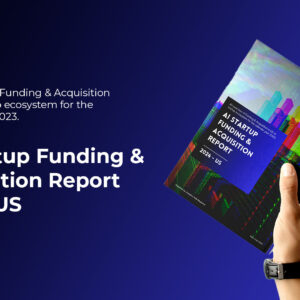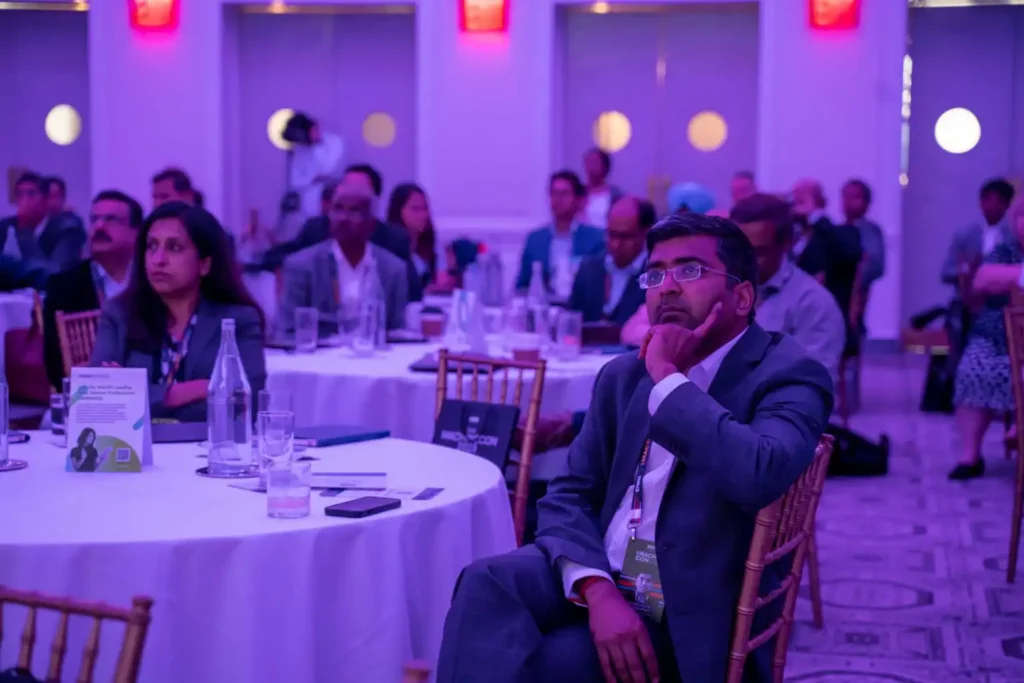Welcome to our exclusive interview with Jason Cooper, the Chief Technology Officer at Paradigm, where he spearheads innovation and growth for the Technology, Data & Analytics Group. With over 20 years of experience in executive leadership roles spanning private, for-profit, and nonprofit domains, Jason has accumulated extensive expertise in harnessing the power of technology, data, and analytics to drive tangible business value.
A Fellow of the American College of Health Data Management and member of the Society for Information Management, Jason’s impact stretches beyond his role at Paradigm. He actively contributes to the community by serving on the advisory boards for Kids’ Chance of New Jersey and HMG Strategy. Additionally, he is a valued member of advisory councils for University of Iowa’s Tippie Analytics Cooperative, Montclair State University’s graduate Business Analytics program, and the Hunterdon County Computer Science and Applied Engineering Academy.
In this interview, Jason shares his insights on the evolution of technology in the healthcare sector, his approach to fostering a culture of innovation and collaboration, the role of data privacy, and the future of AI and machine learning in healthcare.
AIM Research (AIM): With over 20 years of experience in various leadership roles, how have you observed the evolution of technology, data, and analytics within the healthcare sector, and what do you see as the most significant technological trends in the coming years?
Jason Cooper (JC): Moore’s Law has been accurate for several decades; however, human adaptation has lagged significantly. One example: in healthcare, AI for use in decision support systems in the early 1990s met significant under-adoption by clinicians. This had little to do with the technology, underlying models etc and more about explain-ability, transparency and trust. Just like quantum computing – and other advanced capabilities like conversational and generative AI – will surpass concepts like Moore’s Law, we must focus on end-user adoption, understanding and trust. This is as much a human and organizational change management exercise as it is about technological advancements.
AIM: Can you share a case study where your innovative approach to technology, data, or analytics has driven substantial growth or solved a major challenge for one of the organizations you’ve worked with?
JC: One example is the use of analytics and data science (NLP, predictive modelling, etc) to more optimally understand the “rights” in healthcare. Focusing on the right patient, at the right time, in the right setting (facility, healthcare professionals etc) and on the right care path. Using large, decades-long, structured and unstructured data sets for specific health conditions, you can begin to optimize triage and care path decisions which lead to better outcomes for all constituents in the healthcare system.
AIM: As the CTO of Paradigm, how do you foster a culture of innovation and collaboration within the Technology, Data & Analytics Group? What strategies do you use to ensure your team remains at the forefront of emerging technologies?
JC: This is also a question about people. It’s important to understand what motivates others and what matters most to your leaders. This all begins during either organic career development or the hiring process. We hire and retain people who are knowledge seekers, are driven towards continual learning and innovation, while embracing diversity, equity and inclusion in all regards (not just DEI initiatives). One example is understanding personality and thinking styles, then being purposeful to ensure idea generation sessions involve a diverse set of perspectives and styles. Another example is to be fearless about failure. Failure should be embraced – do it fast, learn and adapt, then move on – rapid test and learn cycles.
AIM: You have experience in both for-profit and nonprofit domains. How does the approach to data and analytics differ between these sectors, and what can each learn from the other in terms of leveraging technology for greater impact?
JC: Most healthcare organizations – regardless of business entity type – have the individual patient, member, injured worker etc and their caregiving network at the forefront of their priorities. This cannot and should not change. We’ve all heard about the “3 Vs” in big data (volume, velocity, variety), but the two most critical “Vs” are often missing from the definition: veracity (accuracy, completeness and truth factor of your data) and value (value to your stakeholders). Without solid data, and without thinking of value creation, the rest is for nought.
AIM: In light of increasing concerns around data privacy, especially in healthcare, how do you balance the need for data-driven insights with the ethical management of sensitive patient information?
JC: To paraphrase Peter Parker’s Uncle Ben’s statement – “with great power comes great responsibility.” In the US healthcare system, HIPAA states that healthcare organizations may use protected health information (PHI) for payment, treatment and operations (which includes quality improvement). However, just remaining within the boundaries of HIPAA is not enough. Organizations must have robust information security policies and protocols to further protect these sensitive data.
Additionally, just because a set of analytics can be done on data – within legal constraints of course – we must also ask should those analyses be done? Analytics teams have an ethical responsibility to design and perform analyses using minimally necessary information and consider biases and other concerns when constructing study methodologies. One of many questions to be asked before performing analyses: would you be comfortable if this was your personal health data being used in this manner?
AIM: How has the global pandemic shaped the use of technology, data, and analytics in the healthcare industry, and what long-lasting changes do you anticipate as a result?
JC: There are two long-lasting changes that I think still require further adaptation. The first applies to all business verticals – hybrid and remote work models. There still exist many roles which require in-person work environments; however, the pandemic forced our collective hands for hybrid and fully remote work environments. Most organizations’ technology platforms were challenged as we rapidly pivoted to this new reality. Hybrid and remote work are here to stay – we need to continue learning and adapting to the most productive models for different types of knowledge work.
The second point is specific to healthcare – the increase in use of virtual healthcare delivery. The pandemic caused a significant upswing in usage of virtual healthcare (via phone, web and/or mobile applications). As the Covid pandemic likely progresses to an endemic disease, the overall use of virtual care will probably decrease to some degree, but it’s also a new reality. We must have the technologies to deliver care where it’s most efficient and effective for the end consumers.
AIM: Can you provide an example of how your work with advisory boards or councils has led to a transformative impact in education or industry-related practices?
JC: There are two examples that I’d like to highlight here: Montclair State University’s Business Analytics graduate program and Kids’ Chance of New Jersey. With Montclair, I am humbled to sit on an advisory board with impressive colleagues – we focus on curriculum development, advise on new analytics specializations / tracks, and help support students in their capstone projects. From helping to shape curriculum that’s relevant to industry needs to providing real-world examples for students, this advisory board has improved the quality and relevance of graduate analytics education. I am equally humbled to serve on the advisory board of Kids’ Chance of New Jersey. Kids’ Chance provides educational opportunities for the children of catastrophically or fatally injured workers. I serve on the scholarship committee which reviews and approves college or vocational scholarships to deserving students. I believe the transformative impact here is self-evident.
AIM: As a Fellow of the American College of Health Data Management, what advice do you have for aspiring professionals in the field to excel and stay ahead in this constantly evolving industry?
JC: Three Cs come to mind: continual learning, connections and caring. Embrace continual learning – pursuing a new educational challenge, reading journal articles, listening to podcasts, attending relevant conferences – and be purposeful in including learning in your weekly calendar. Connections provide networking opportunities, fresh perspectives, valuable mentoring, and even new career opportunities. Much like continual learning, aspiring professionals should also be in continual networking mode. Last but certainly not least, one should care for colleagues and themselves. Caring is a strength and not a weakness – show others you care, involve them, embrace diversity/equity/inclusion, and don’t forget to care for yourself. Set a non-professional, non-career oriented personal enrichment goal (mine is learning a new language each year that coincides with a new location I’m planning to visit that expands my worldview).
AIM: Interoperability remains a challenge in healthcare technology. Can you share an experience where you had to navigate the complexities of integrating disparate systems or data sources to achieve a desired outcome?
JC: Interoperability most certainly remains a challenge in healthcare. One need only attend the annual HIMSS or HLTH conferences and visit the “vendor hall” to experience the explosion of inoperable technologies. Who is least served by these innovative technologies that are unable to work effectively together? Ultimately, our healthcare professionals and individual patients bear the brunt of this reality. We’ve been talking about this for decades and I believe more aggressive public policy changes are needed. In several organizations in my career, there exist various challenges in integrating data sources and systems to serve the three primary constituents in our healthcare system: healthcare professionals (clinics, hospitals, urgent care, doctors, nurses, etc), patients (individual consumers), and insurers (payers).
This hinges on trust and alignment of purpose – all constituents should be able to share data without concern for privacy/security or ethical use. Two difficult steps in this journey: every individual should have a unique healthcare identifier that is distinct/separate from other identifiers and is permanent (it remains the same regardless of geographic location, your insurer, etc). This would enable cradle-to-grave longitudinal analyses and insights. The second is a universal healthcare record – owned by the patient and fully portable. This enables an individual to be cared for at any time, any location, by any professional regardless of employment, insurance, EMR vendor, etc. This also removes the wasteful friction of repeatedly asking patients for the same information.
AIM: How do you see AI and machine learning shaping the future of healthcare, and what potential risks or concerns should organizations be mindful of as they adopt these advanced technologies?
JC: AI, and gaining lots of recent attention – conversational and generative AI, will affect healthcare. AI holds as much promise as it does concern. When done appropriately and ethically, it can unleash new insights that enable new care delivery paradigms. The challenges which lead to distrust are the underlying biases of source data, the biases inserted via human curation, and the lack of transparency (explain-ability). Both healthcare professionals and patients deserve solutions that are innovative while also addressing these trust factors. Without addressing these factors, AI adoption in healthcare will suffer.

















